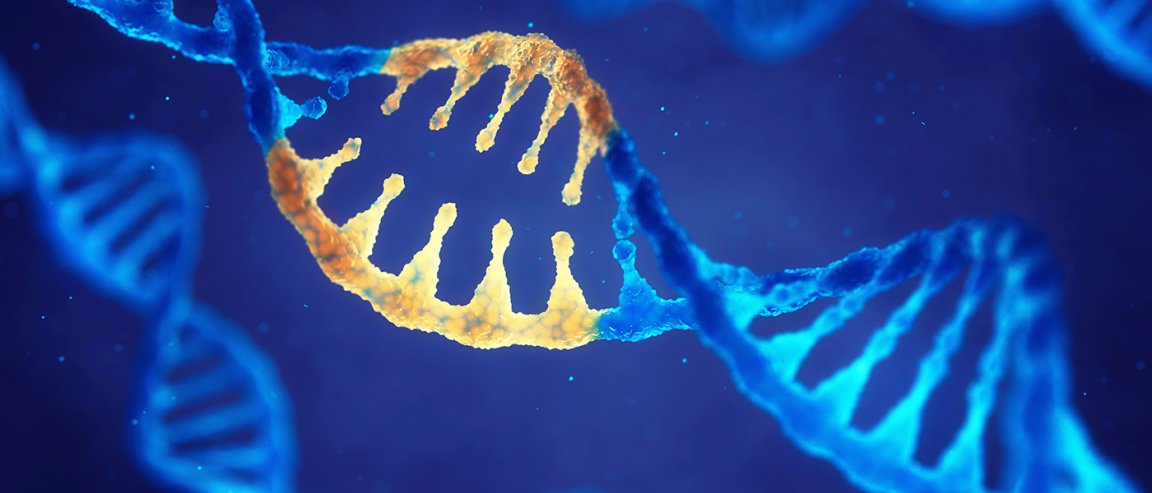
The End of Genetic Disease
CRISPR-Cas9, the world’s best gene editing tool, has lent itself to a plethora of research and experiments. Scientists owe a great deal to the person considered to be its founder — if we could really credit one person specifically with its advent . Certainly, University of California Berkeley biologist Jennifer Doudna deserves consideration for the title as one of the world’s leading figure in what’s being called the “CRISPR Revolution.” It was Doudna’s work in 2012 that first suggested the possibility of using CRISPR-Cas9 for genome editing. Since then, it has certainly been put into good use — human clinical trials of the technology’s capabilities are expected to begin soon in the United States.
On Thursday, speaking at WIRED’s 2017 Business Conference in New York, Doudna made a bold claim about the future of CRISPR. “I think it’s really likely that in the not-too-distant future it will cure genetic disease,” she said at the conference. However, Doudna remains aware that the use of such a powerful tool needs to be carefully considered — especially since studies have shown it can have unintended repercussions.
“But globally we need to come up with a consensus on moving forward in a responsible way,” Doudna added. This wasn’t the first time she emphasized need for ethical responsibility in using CRISPR.
Doudna herself has certainly been careful to practice what she preaches: In 2015, she became part of a broad coalition of leading biologists that put parameters in place for the use of CRISPR. They agreed to a worldwide moratorium on gene editing to what’s called the “germ line.” In other words, putting a prohibition on edits that would be passed down to subsequent generations. However, because it isn’t legally binding, it wasn’t able to stop such experiments from taking place. In China, for instance, there’s already work involving CRISPR to edit the genome of human embryos.
A More Immediate Impact
Recognizing the legal and ethical hurdles CRISPR still needs to overcome, Doudna went on to speak about a much more plausible area for this gene editing tool to demonstrate more immediate success: its application for farming. “When I think about where we are likely to see the biggest impacts in the shortest amount of time, I really think it’s going to be in agriculture,” Doudna told the audience in New York.
Indeed, CRISPR has already been already been successfully used to grow — and eat! — one crop in particular. The first was that cabbage in Sweden, and now, agricultural giant Monsanto has even been given license by the Broad Institute to use CRISPR-Cas9 in seed development. Doudna also mentioned research by scientists from the Cold Spring Harbor Laboratory in New York that could make harvesting tomatoes easier.
“For me, that really illustrates the potential for this,” Doudna said — who is herself a tomato farmer. “[CRISPR] allows plant breeders to do things that would have been very difficult, sometimes impossible in the past.”
With the science, the ethics, and the legal ramifications of CRISPR still being ironed out, farming seems to a reasonable compromise for continue to experiment with the tech, and many experts are already working on its continued refinement. Given that dedication, it might not be that long before the end of genetic diseases — which is what Doudna hopes could be ultimately realized— would be accomplished with the help of CRISPR.